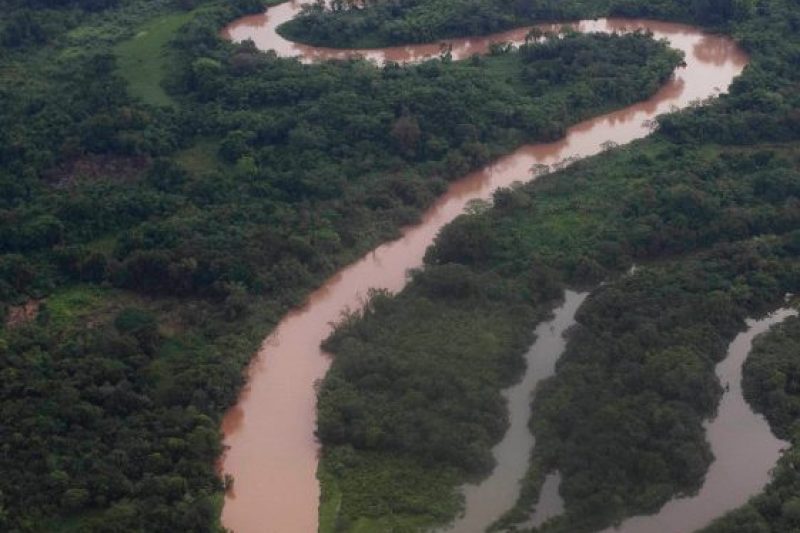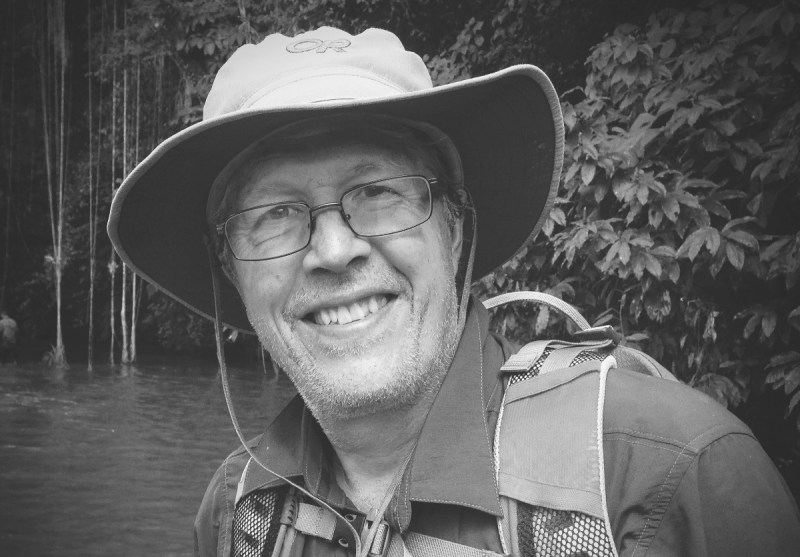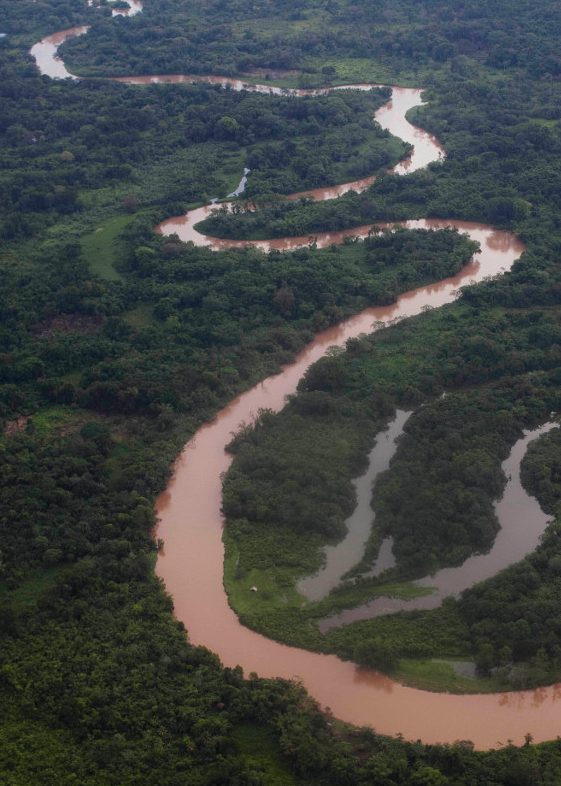
In his new book, The Lost City of the Monkey God: A True Story, Douglas Preston chronicles the discovery of an ancient, hidden city in Honduras’ Mosquitia mountains.
Preston, who adapted a portion of his book for The New Yorker, took part in an expedition to a lost city in the Mosquitia region, near the Nicaraguan border. The target site had been found using light detection and ranging technology (or LIDAR), but the actual discovery required old-fashioned ground work, hacking through the dense jungle of one of Earth’s last unexplored regions.
According to Preston’s account, the exploration party was a five-man team (himself included) accompanied by three British ex-S.A.S. jungle-warfare specialists. They cleared the path to the target site themselves with machetes, with no way to discern their location beyond GPS coordinates and the threat of jaguars and poisonous snakes surrounding them at all times. In an era ruled by technology, it’s surprising to hear that scientific work still requires that kind of brute effort.

Their first encounter with the site was a mostly buried collection of 500 carved sculptures, many of which had been ritually smashed. The imposing statue of a half-human, half-vulture figure occupied the center of the find.
The team decided that these artifacts were a final spiritual offering prior to the city’s abandonment in the 1500s. Since no Europeans (or any other conquering force, for that matter) had visited the site since then, the team’s best hypothesis is that massive disease outbreaks—brought on by trade and slavery—hit this region in quick succession, causing a large enough population drop to spur abandonment of the city.
This hypothesis is highly likely. Almost 90 percent of Honduras’ native population was wiped out by pandemics between 1518 and 1550, and the Mosquitia region in particular was plagued by slave raids. As people fled into the rainforest to escape European slavers, they would have brought diseases with them.
To find out more about Preston’s exploration of the hidden city, pick up a copy of his book here.
This article was featured in the InsideHook newsletter. Sign up now.
























